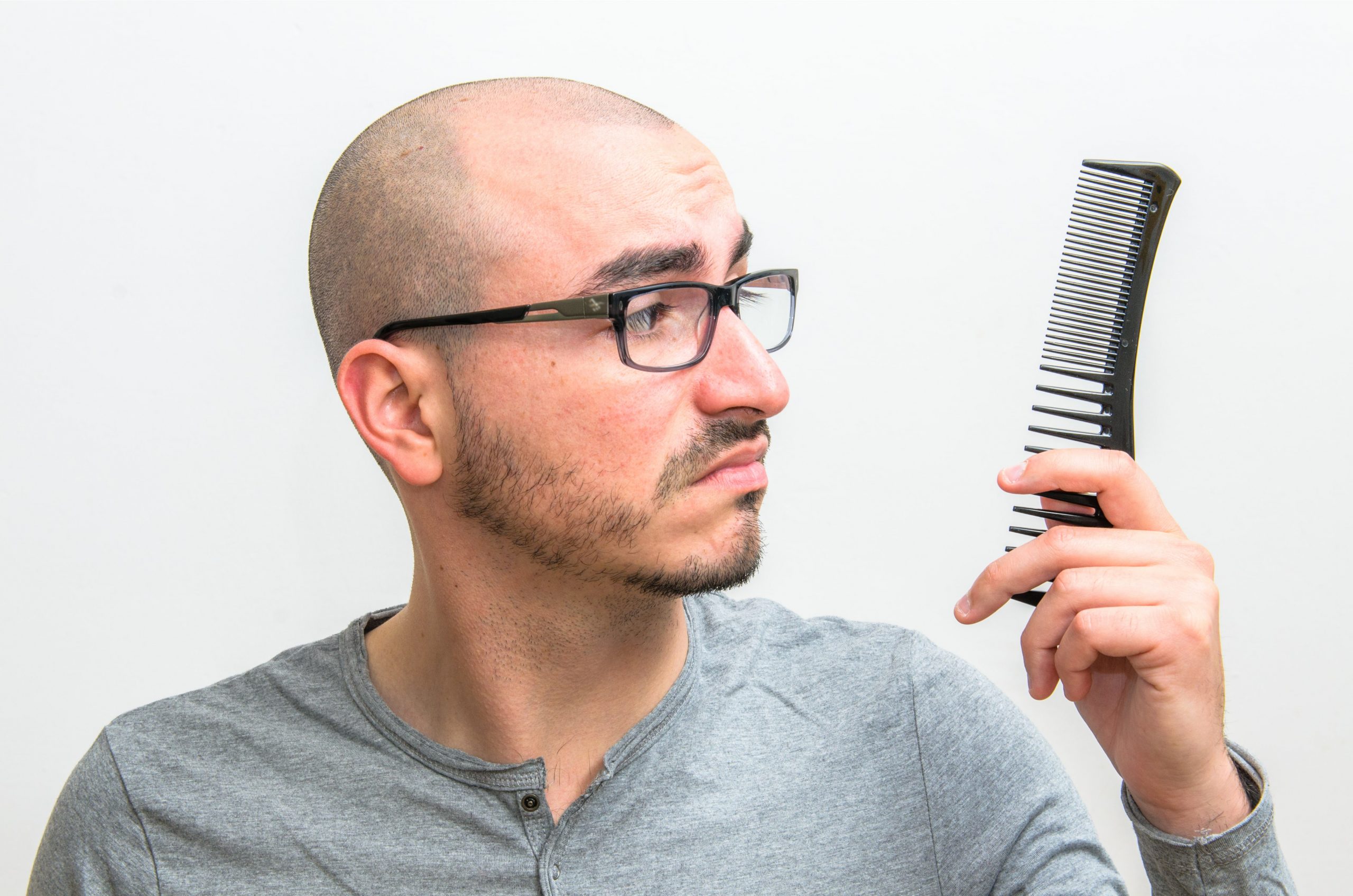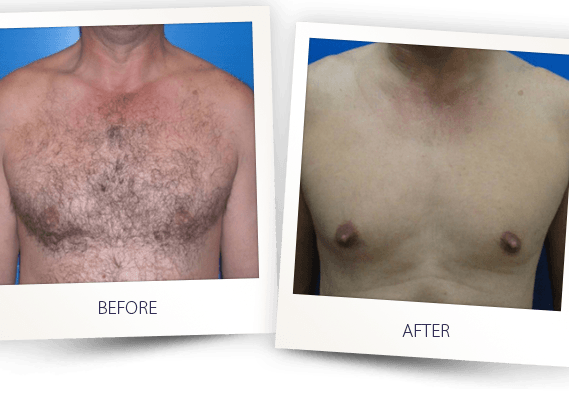Table Of Content

In severe cases, high testosterone levels in women can lead to obesity and infertility. The head loses about 100 hairs every day, and this increases for some women during menopause. There are many different forms of testosterone that exist in your body.
How Testosterone Affects Hair Loss In Men
The History of Hormone Therapy (HT) for Menopause - Everyday Health
The History of Hormone Therapy (HT) for Menopause.
Posted: Tue, 13 Dec 2022 08:00:00 GMT [source]
In addition, avoiding excessive alcohol consumption and smoking can also help promote hair health. Testosterone is predominantly recognized as a male hormone, but it is also produced in the ovaries and female adrenal glands in small quantities. There is now increased speculation about testosterone levels in women due to media coverage of track star Caster Semenya, who was barred from competing due to her naturally high levels of testosterone.
How to reduce DHT
For example, exercising regularly can help reduce stress levels and increase levels of endorphins, which are known to have a positive effect on hormonal balance. Similarly, a diet rich in fruits, vegetables, and whole grains can provide the necessary nutrients to support healthy hair growth. In some cases, hair loss related to elevated testosterone levels may require more advanced treatment options. This involves using low-level laser devices or combs to stimulate hair growth. The lasers work by increasing blood flow to the hair follicles and promoting the production of new hair cells. Some individuals are simply more genetically predisposed to having hair follicles that are highly sensitive to DHT.
Testosterone and Low Libido in Women - Everyday Health
Testosterone and Low Libido in Women.
Posted: Fri, 22 Sep 2023 07:00:00 GMT [source]
Traction alopecia
Women can also experience this type of hair loss, but it’s much less common. About 30 million women in the United States have this type of hair loss compared to 50 million men. Male pattern balding, also called androgenic alopecia, is one of the most common reasons that men lose hair as they get older. Having high levels of testosterone does not necessarily cause hair loss. Medications can help lower high testosterone levels for people with underlying conditions.
Research isn’t conclusive as to why biotin is important to your body’s keratin levels. But a 2015 study suggests that biotin can help hair regrow and keep existing hair from falling out. Here are some questions people often ask about high testosterone in males. You should also see a gynecologist before you start taking any birth control to see if there are any risks of side effects or complications from the changes that contraceptives cause in your hormones. However, researchers also noted no significant change in the ratio between free testosterone, total testosterone, and cortisol, a type of stress hormone. However, ED and reduced sexual desire are signs of low T — not high T.
Questions About Your Health?

DHT is primarily created in the organs where it is used, such as the prostate. Oral contraceptives are sometimes also prescribed to treat and help block the production of excess testosterone. The best oral contraceptives for high testosterone and hirsutism are those with low doses of norgestimate, desogestrel, and gestodene. You can use this guide to understand your testosterone screening results and how you can utilize what you learn. Hone-affiliated medical practices are independently owned and operated by licensed physicians who provide services using the Hone telehealth platform.
What causes high DHT levels in females?
Fortunately, there are several potential treatment options for hair loss related to elevated testosterone levels. One of the most direct effects of high testosterone levels on hair is increased body and facial hair growth. Men with elevated testosterone levels often experience accelerated beard growth, chest hair, and even back hair. In women, excessive testosterone levels can lead to the growth of facial hair, commonly known as hirsutism. Testosterone is an androgen hormone that is primarily produced in the testes in men and in the ovaries and adrenal glands in women.
certain medications
It is important to note that while genetic factors can increase the susceptibility to hair loss caused by excess testosterone, they are not the sole determinants. Environmental factors, lifestyle choices, and other hormonal imbalances can also contribute to hair loss. In fact, individuals with a genetic predisposition to hair loss may not experience hair loss if these other factors are not present. Hair follicles go through a natural cycle of growth and rest, with each hair strand having a specific lifespan.
Effects
If this is the case, Dr. Green may prescribe a DHT blocker, such as Finasteride, to prevent the formation of DHT in the body. If hair loss has already occurred, Dr. Green may prescribe patients Minoxidil (Rogaine), which helps improve blood flow to the scalp and strengthen the hair follicles for regrowth. Another treatment option available at Dr. Green’s dermatology office to promote new hair growth is Microneedling with PRP injections to improve circulation to the scalp and thicken hair follicles.
This is often done with the same drugs used to increase hair growth among balding males. Before starting any regime to lower testosterone, it’s important to first consult a health care provider. What treatment they recommend usually depends on what’s causing the high testosterone. Typically, a health care provider will recommend lifestyle changes, including dietary changes, for more sustained results. They may also recommend medication or treatment to control symptoms, such as unwanted hair or acne.
High levels of DHT often results from excessive testosterone production. These can include prostate problems, issues with the adrenal glands, polycystic ovary syndrome (PCOS), and certain medications, such as anabolic steroids. Female-pattern baldness typically starts with scalp hairs becoming progressively less dense.
After completing the telogen phase, the anagen phase typically starts again. Just answer a few questions about your hair health and if appropriate, a licensed physician will prescribe a treatment plan that meets your needs. Your medication will ship out within two days and you can get back to running your fingers through a fuller head of hair. Any medical information published on this website is not intended as a substitute for informed medical advice and you should not take any action before consulting with a healthcare professional.
The four- to eight-hour procedure involves removing healthy hairs from your scalp and transplanting them into a thinning area, explains the AAD. A variety of laser treatments aim to strengthen and promote regrowth. One, low-level laser therapy (LLLT) has been shown to help increase hair thickness and density (the number of hairs on your scalp) compared to sham treatment (3). During puberty, DHT is what caused you to sprout body and facial hair. Some men suspect baldness is a sign of low testosterone levels, while others think that going on TRT will make their hairline recede and their bald patch grow.
Now that you know what testosterone does and doesn’t do, you’re in a much better position to figure out the next step in your treatment journey. If hair loss is your only symptom, you’re better off looking into treatments like finasteride and minoxidil than hormone therapy. If you and your doctor determine that your testosterone levels really are out of balance (a simple blood test is all you need to check your levels), you could try testosterone therapy.
Read on to learn more about male pattern hair loss and female pattern hair loss. Here’s everything you need to know about male pattern baldness, including causes, prevention, and treatment options. When considering the factors that contribute to hair loss, it's essential to acknowledge the influence of lifestyle choices on hair health. While testosterone itself may not directly cause hair loss, adopting a healthy lifestyle can promote hair growth and mitigate the risk of hair loss. Some people prefer to let their hair loss run its course untreated and unhidden. And still others choose one of the treatments available to prevent further hair loss or restore growth.

No comments:
Post a Comment